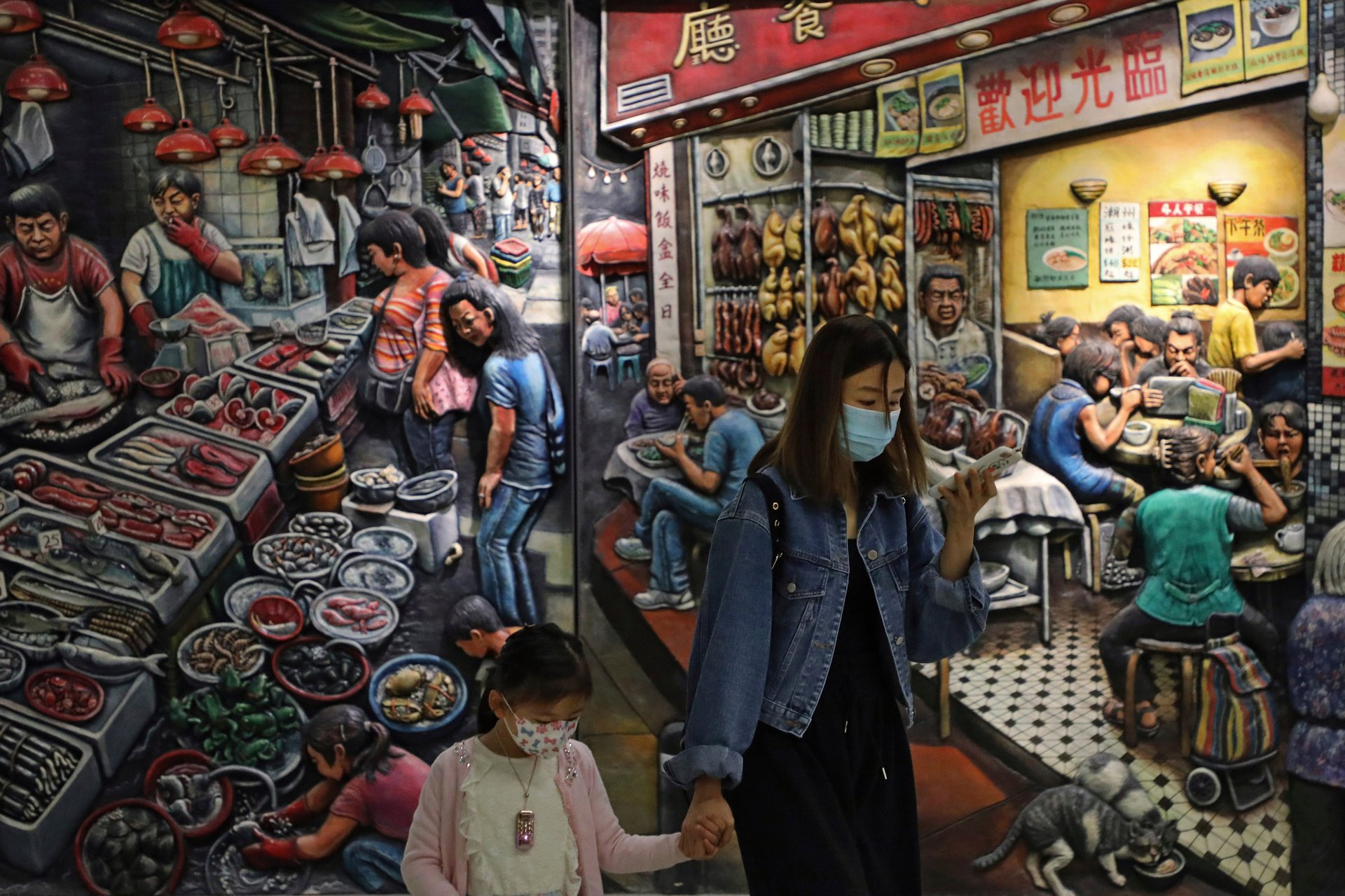Hong Kong now has too few new Covid-19 cases to calculate the real-time transmission rate
Hong Kong is having a good run: it has recorded no new cases of Covid-19 for four days straight, and six of the last 10 days have seen zero additional cases. The small number of new cases that have been confirmed are almost all imported.


Hong Kong is having a good run: it has recorded no new cases of Covid-19 for four days straight, and six of the last 10 days have seen zero additional cases. The small number of new cases that have been confirmed are almost all imported.
In fact, new case growth has gotten so low that the team at the University of Hong Kong’s (HKU) school of public health decided on Tuesday (April 28) it would pause its dashboard that tracks the real-time reproductive number, an up-to-date measure of the coronavirus’ transmission rate.
“It doesn’t really make sense to estimate Rt when there are no local cases reported,” said Ben Cowling, division head of epidemiology and biostatistics at HKU. While Rt can be estimated with a small number of cases, it’s hard to estimate the coronavirus’ transmission rate when there is no transmission locally.
Rt tells us a virus’s actual transmission rate at a given time, t. It answers the question: in a particular population at a particular time, how many other people will catch the disease from a single infected person? If Rt is above 1, the disease could grow exponentially. If it’s below one, the disease eventually fades out. The last Rt calculated for Hong Kong, on April 13, was 0.48—the lowest figure since the HKU team started making estimations in early February.
Rt gives us crucial information about how well a particular society is responding to the pandemic. German chancellor Angela Merkel explained it clearly in a press conference, laying out how even edging up from an Rt of 1 to 1.1 would mean overloading the country’s health care system within months.
For societies that are beginning to ease lockdown measures after containing the first wave of infections, Rt serves as an important benchmark for governments following the strategy of “suppress and lift,” where social distancing measures are relaxed and tightened repeatedly in response to changes in transmission. The trick is to relax the social distancing measures just enough, and at the right time, to avoid another wave of infections. Germany, for example, is on high alert and will re-tighten distancing rules if Rt edges up above one, after it began to ease lockdown measures last week.
For now, Hong Kong appears to have Covid-19 well under control, with only 1,038 cases and four deaths in a population of 7.4 million. A sense of pre-pandemic normality is returning to the city, too: government workers will go back to offices next Monday (May 4), and commuters are once again crowding up the subway. But until a vaccine is developed, the risk of an outbreak is never far below the surface.
“We will restart the Rt estimation if or when local cases reappear in Hong Kong,” said Cowling.